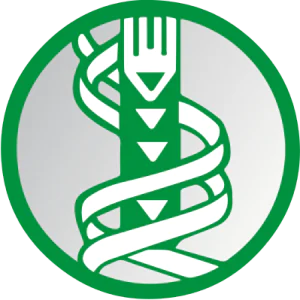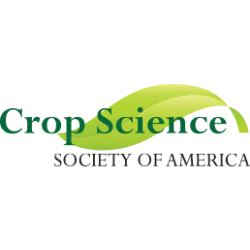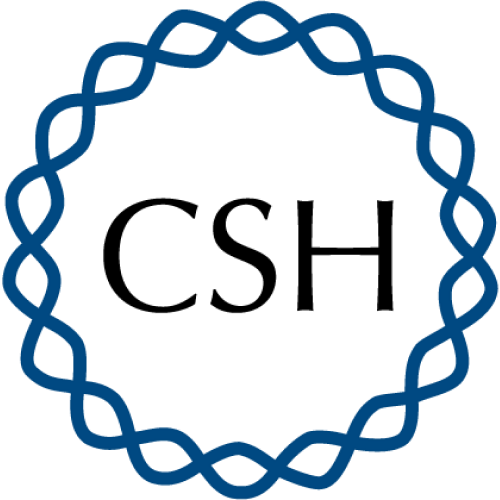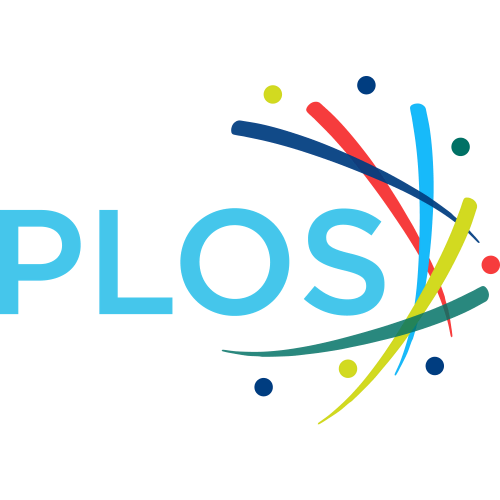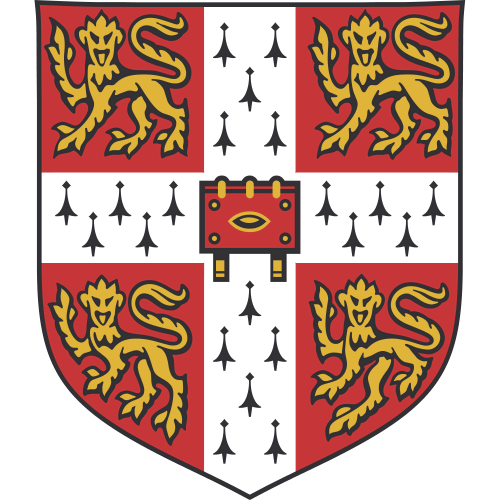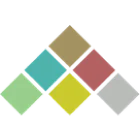A high-quality genome sequence of Rosa chinensis to elucidate ornamental traits
L Hibrand Saint Oyant
1
,
Tom Ruttink
2
,
L Hamama
1
,
I Kirov
2, 3
,
D Lakhwani
1
,
N N Zhou
1
,
P M Bourke
4
,
N Daccord
1
,
L. Leus
2
,
D. Schulz
5
,
H Van De Geest
6
,
T Hesselink
6
,
K. Van Laere
2
,
K. Debray
1
,
S. Balzergue
1
,
T Thouroude
1
,
A Chastellier
1
,
J Jeauffre
1
,
L Voisine
1
,
S. GAILLARD
1
,
T J A Borm
4
,
P Arens
4
,
R E Voorrips
4
,
C. MALIEPAARD
4
,
E. Neu
5
,
M. Linde
5
,
M C Le Paslier
7
,
A. Berard
7
,
R Bounon
7
,
J Clotault
1
,
N Choisne
8
,
H Quesneville
8
,
K. Kawamura
9
,
S Aubourg
1
,
S. Sakr
1
,
M.J.M. Smulders
4
,
E Schijlen
6
,
Etienne Bucher
1
,
T Debener
5
,
J De Riek
2
,
Fabrice Foucher
1
1
2
ILVO, Flanders Research Institute for Agriculture, Fisheries and Food, Plant Sciences Unit, Melle, Belgium
|
Publication type: Journal Article
Publication date: 2018-06-11
scimago Q1
wos Q1
SJR: 4.815
CiteScore: 24.4
Impact factor: 13.6
ISSN: 2055026X, 20550278
PubMed ID:
29892093
Plant Science
Abstract
Rose is the world’s most important ornamental plant, with economic, cultural and symbolic value. Roses are cultivated worldwide and sold as garden roses, cut flowers and potted plants. Roses are outbred and can have various ploidy levels. Our objectives were to develop a high-quality reference genome sequence for the genus Rosa by sequencing a doubled haploid, combining long and short reads, and anchoring to a high-density genetic map, and to study the genome structure and genetic basis of major ornamental traits. We produced a doubled haploid rose line (‘HapOB’) from Rosa chinensis ‘Old Blush’ and generated a rose genome assembly anchored to seven pseudo-chromosomes (512 Mb with N50 of 3.4 Mb and 564 contigs). The length of 512 Mb represents 90.1–96.1% of the estimated haploid genome size of rose. Of the assembly, 95% is contained in only 196 contigs. The anchoring was validated using high-density diploid and tetraploid genetic maps. We delineated hallmark chromosomal features, including the pericentromeric regions, through annotation of transposable element families and positioned centromeric repeats using fluorescent in situ hybridization. The rose genome displays extensive synteny with the Fragaria vesca genome, and we delineated only two major rearrangements. Genetic diversity was analysed using resequencing data of seven diploid and one tetraploid Rosa species selected from various sections of the genus. Combining genetic and genomic approaches, we identified potential genetic regulators of key ornamental traits, including prickle density and the number of flower petals. A rose APETALA2/TOE homologue is proposed to be the major regulator of petal number in rose. This reference sequence is an important resource for studying polyploidization, meiosis and developmental processes, as we demonstrated for flower and prickle development. It will also accelerate breeding through the development of molecular markers linked to traits, the identification of the genes underlying them and the exploitation of synteny across Rosaceae.A high-quality reference genome of rose is generated by sequencing a doubled haploid line. The researchers analysed the genome structure and uncovered candidate genes associated with major ornamental traits through integrated genetic and genomic analyses.
Found
Nothing found, try to update filter.
Found
Nothing found, try to update filter.
Top-30
Journals
|
5
10
15
20
25
|
|
|
Horticulture Research
23 publications, 8.19%
|
|
|
Frontiers in Plant Science
21 publications, 7.47%
|
|
|
Acta Horticulturae
16 publications, 5.69%
|
|
|
Plants
10 publications, 3.56%
|
|
|
Scientia Horticulturae
8 publications, 2.85%
|
|
|
Horticultural Plant Journal
7 publications, 2.49%
|
|
|
International Journal of Molecular Sciences
6 publications, 2.14%
|
|
|
Scientific Reports
6 publications, 2.14%
|
|
|
BMC Plant Biology
6 publications, 2.14%
|
|
|
Horticulturae
5 publications, 1.78%
|
|
|
BMC Genomics
5 publications, 1.78%
|
|
|
Theoretical And Applied Genetics
5 publications, 1.78%
|
|
|
Plant Journal
5 publications, 1.78%
|
|
|
Journal of Experimental Botany
5 publications, 1.78%
|
|
|
Genes
4 publications, 1.42%
|
|
|
Annals of Botany
4 publications, 1.42%
|
|
|
Plant Cell, Tissue and Organ Culture
3 publications, 1.07%
|
|
|
Nature Communications
3 publications, 1.07%
|
|
|
Industrial Crops and Products
3 publications, 1.07%
|
|
|
Plant Physiology and Biochemistry
3 publications, 1.07%
|
|
|
Plant Genome
3 publications, 1.07%
|
|
|
G3: Genes, Genomes, Genetics
3 publications, 1.07%
|
|
|
Ornamental Plant Research
3 publications, 1.07%
|
|
|
Methods in Molecular Biology
3 publications, 1.07%
|
|
|
Compendium of Plant Genomes
3 publications, 1.07%
|
|
|
Scientific data
3 publications, 1.07%
|
|
|
Biomolecules
2 publications, 0.71%
|
|
|
Biology
2 publications, 0.71%
|
|
|
Diversity
2 publications, 0.71%
|
|
|
5
10
15
20
25
|
Publishers
|
10
20
30
40
50
60
70
80
90
|
|
|
Springer Nature
84 publications, 29.89%
|
|
|
MDPI
38 publications, 13.52%
|
|
|
Elsevier
36 publications, 12.81%
|
|
|
Oxford University Press
29 publications, 10.32%
|
|
|
Frontiers Media S.A.
24 publications, 8.54%
|
|
|
International Society for Horticultural Science (ISHS)
16 publications, 5.69%
|
|
|
Cold Spring Harbor Laboratory
14 publications, 4.98%
|
|
|
Wiley
12 publications, 4.27%
|
|
|
Taylor & Francis
4 publications, 1.42%
|
|
|
Maximum Academic Press
4 publications, 1.42%
|
|
|
IOP Publishing
2 publications, 0.71%
|
|
|
Public Library of Science (PLoS)
2 publications, 0.71%
|
|
|
Crop Science Society of America
2 publications, 0.71%
|
|
|
Pleiades Publishing
2 publications, 0.71%
|
|
|
Fundacion Romulo Raggio
1 publication, 0.36%
|
|
|
Pensoft Publishers
1 publication, 0.36%
|
|
|
Social Science Electronic Publishing
1 publication, 0.36%
|
|
|
Cambridge University Press
1 publication, 0.36%
|
|
|
Annual Reviews
1 publication, 0.36%
|
|
|
CAIRN
1 publication, 0.36%
|
|
|
Proceedings of the National Academy of Sciences (PNAS)
1 publication, 0.36%
|
|
|
Japanese Society for Plant Cell and Molecular Biology
1 publication, 0.36%
|
|
|
10
20
30
40
50
60
70
80
90
|
- We do not take into account publications without a DOI.
- Statistics recalculated weekly.
Are you a researcher?
Create a profile to get free access to personal recommendations for colleagues and new articles.
Metrics
281
Total citations:
281
Citations from 2025:
39
(13.88%)
Cite this
GOST |
RIS |
BibTex |
MLA
Cite this
GOST
Copy
Hibrand Saint Oyant L. et al. A high-quality genome sequence of Rosa chinensis to elucidate ornamental traits // Nature Plants. 2018. Vol. 4. No. 7. pp. 473-484.
GOST all authors (up to 50)
Copy
Hibrand Saint Oyant L., Ruttink T., Hamama L., Kirov I., Lakhwani D., Zhou N. N., Bourke P. M., Daccord N., Leus L., Schulz D., Van De Geest H., Hesselink T., Van Laere K., Debray K., Balzergue S., Thouroude T., Chastellier A., Jeauffre J., Voisine L., GAILLARD S., Borm T. J. A., Arens P., Voorrips R. E., MALIEPAARD C., Neu E., Linde M., Le Paslier M. C., Berard A., Bounon R., Clotault J., Choisne N., Quesneville H., Kawamura K., Aubourg S., Sakr S., Smulders M., Schijlen E., Bucher E., Debener T., De Riek J., Foucher F. A high-quality genome sequence of Rosa chinensis to elucidate ornamental traits // Nature Plants. 2018. Vol. 4. No. 7. pp. 473-484.
Cite this
RIS
Copy
TY - JOUR
DO - 10.1038/s41477-018-0166-1
UR - https://doi.org/10.1038/s41477-018-0166-1
TI - A high-quality genome sequence of Rosa chinensis to elucidate ornamental traits
T2 - Nature Plants
AU - Hibrand Saint Oyant, L
AU - Ruttink, Tom
AU - Hamama, L
AU - Kirov, I
AU - Lakhwani, D
AU - Zhou, N N
AU - Bourke, P M
AU - Daccord, N
AU - Leus, L.
AU - Schulz, D.
AU - Van De Geest, H
AU - Hesselink, T
AU - Van Laere, K.
AU - Debray, K.
AU - Balzergue, S.
AU - Thouroude, T
AU - Chastellier, A
AU - Jeauffre, J
AU - Voisine, L
AU - GAILLARD, S.
AU - Borm, T J A
AU - Arens, P
AU - Voorrips, R E
AU - MALIEPAARD, C.
AU - Neu, E.
AU - Linde, M.
AU - Le Paslier, M C
AU - Berard, A.
AU - Bounon, R
AU - Clotault, J
AU - Choisne, N
AU - Quesneville, H
AU - Kawamura, K.
AU - Aubourg, S
AU - Sakr, S.
AU - Smulders, M.J.M.
AU - Schijlen, E
AU - Bucher, Etienne
AU - Debener, T
AU - De Riek, J
AU - Foucher, Fabrice
PY - 2018
DA - 2018/06/11
PB - Springer Nature
SP - 473-484
IS - 7
VL - 4
PMID - 29892093
SN - 2055-026X
SN - 2055-0278
ER -
Cite this
BibTex (up to 50 authors)
Copy
@article{2018_Hibrand Saint Oyant,
author = {L Hibrand Saint Oyant and Tom Ruttink and L Hamama and I Kirov and D Lakhwani and N N Zhou and P M Bourke and N Daccord and L. Leus and D. Schulz and H Van De Geest and T Hesselink and K. Van Laere and K. Debray and S. Balzergue and T Thouroude and A Chastellier and J Jeauffre and L Voisine and S. GAILLARD and T J A Borm and P Arens and R E Voorrips and C. MALIEPAARD and E. Neu and M. Linde and M C Le Paslier and A. Berard and R Bounon and J Clotault and N Choisne and H Quesneville and K. Kawamura and S Aubourg and S. Sakr and M.J.M. Smulders and E Schijlen and Etienne Bucher and T Debener and J De Riek and Fabrice Foucher},
title = {A high-quality genome sequence of Rosa chinensis to elucidate ornamental traits},
journal = {Nature Plants},
year = {2018},
volume = {4},
publisher = {Springer Nature},
month = {jun},
url = {https://doi.org/10.1038/s41477-018-0166-1},
number = {7},
pages = {473--484},
doi = {10.1038/s41477-018-0166-1}
}
Cite this
MLA
Copy
Hibrand Saint Oyant, L., et al. “A high-quality genome sequence of Rosa chinensis to elucidate ornamental traits.” Nature Plants, vol. 4, no. 7, Jun. 2018, pp. 473-484. https://doi.org/10.1038/s41477-018-0166-1.
Profiles





